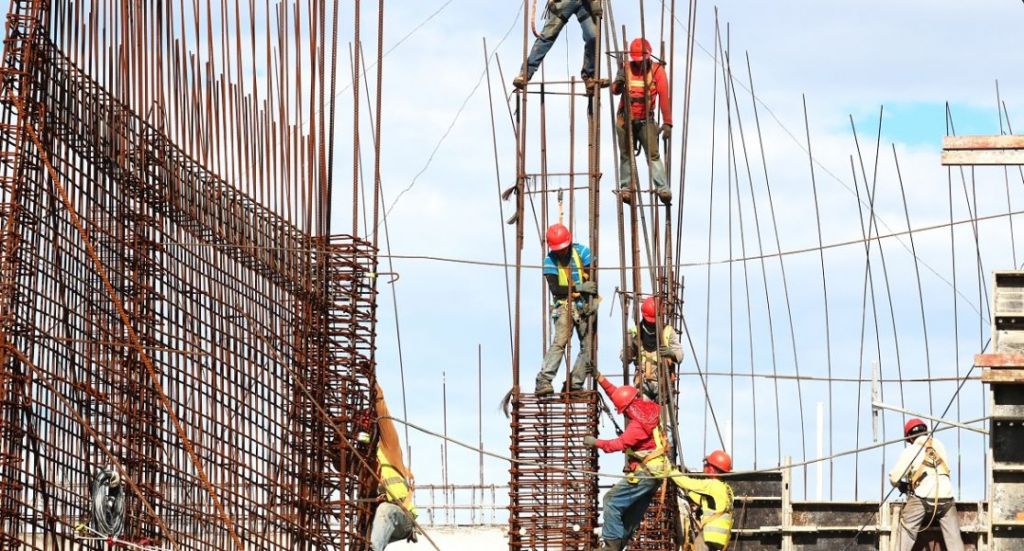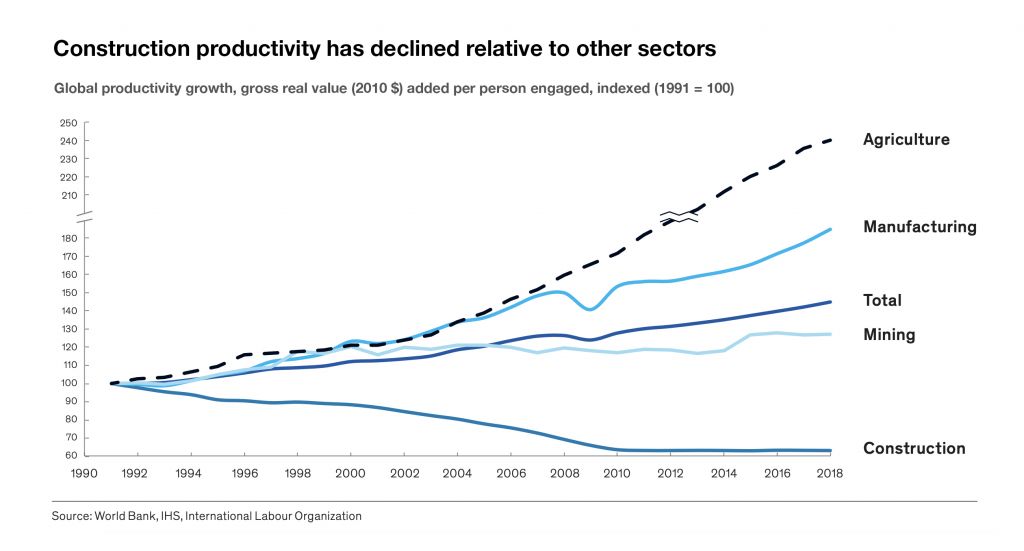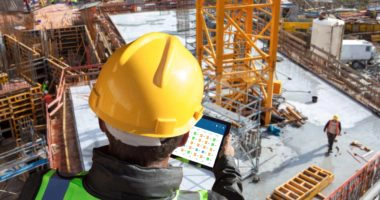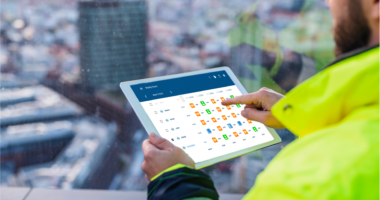New digital trends for managing on-site productivity in construction

There isn’t much else in the world that has the same power as technology to revolutionise workplace practices. A shift away from conventional systems – such as paper-based reporting, Excel spreadsheets and numerous phone calls – is taking place across industrial sectors and construction is certainly no different. The application of technology on-site truly does have the capacity to make existing ways of working in construction planning and cost management much more efficient, and it can bring huge benefits on-site and also back at head office.
Construction cost management involves the estimation and control of costs in order to maintain the profitability of a project. This means making sure that the project stays within budget while also meeting the required scope, quality and performance parameters. The cost controller is responsible for planning, developing, controlling and forecasting the budget of a project, and is clearly key to the whole operation.
On any site, construction cost reporting is one of the most important deliverables for a cost controller and it is a vital part of ensuring that costs are kept within budget. This reporting will include aspects such as hours worked by staff, site orders, vehicle mileage, and the performance and maintenance of plant and machinery.
Traditional cost management can be problematic
The main challenges for a cost controller are the on-site monitoring and management of resources, such as the workforce, the supply of materials, and the plant and machinery. Traditional methods to manage these include paper-based reporting – with all the associated problems of illegibility, human error, being time consuming to complete, etc – Excel spreadsheets, and numerous meetings and phone calls to resolve queries and share information. Anyone who has worked with these systems on-site will be well aware of the drawbacks.
According to the ICE, “The under-use of digital technology within construction has been widely documented and can be understood as a key reason for lower productivity levels.”
But the good news is that it’s now possible to collect data more efficiently and in a structured way thanks to the digitisation of on-site monitoring.

Going digital
By using electronic reporting (e.g. smartphones, tablets), telematics, and automated analysis and reporting, valuable site data can be collected and managed much more efficiently. Digitising this data management process has several advantages, such as:
- The on-site data can be collected quickly and more frequently – for example, daily rather than monthly.
- There will be fewer inaccuracies caused by human error that often arise when data is passed from person to person. Also, traditional paper-based reports can be damaged (e.g. in bad weather) or lost on-site, and Excel spreadsheets are sometimes easy to corrupt.
- An additional level of cost detail can be incorporated, such as setting a budget of one man per workstation.

This almost real-time information allows a much more proactive decision-making process in cost management and the beneficial impacts of this will be seen by numerous teams, from on-site management to the HR and Finance departments – for example:
- Digital timesheets for site managers using a smart app allow immediate access to daily, weekly or monthly hours worked.
- Daily time monitoring data for the Finance team improves the responsiveness of financial control: e.g. there is immediate access to the hours worked per person and per job – the accuracy of estimates is improved due to the quality of the analysed data.
- An automated payroll system can be set up, where information is collected at source and is available straightaway for Finance and HR teams.
Evolution is inevitable
In all aspects of life, things inevitably change and evolve. The construction industry is no exception to this, but fortunately it is in an ideal position to benefit from the enhanced productivity that using digital technology can bring. The opportunities for realising the benefits in terms of cost control, project management and risk management are significant.
Here at Traxxeo we have already helped companies such as ENGIE, Veolia, BESIX and CFE to lead the way in using our digital solutions to collect operational data, and we anticipate that more construction companies will follow suit.
Please get in touch if you’d like to hear how we can revolutionise your construction site and help to ensure that your cost management is fit for the future.
Other content that might interest you

Construction management software: all you need to know
Software designed for construction management (also called site supervision or monitoring) enables businesses in the building sector to organize, plan…

The 6 Construction Trends To Watch For In 2022
What construction trends will shape the industry landscape in 2022? To compete, construction companies need to keep up to date…

Construction industry: management software is in a golden age
It hasn’t always been easy to find software that is suitable for the construction industry. If we go back 10…
Join more than 10,000 experts
Sign up to receive our most popular resources as well as other premium content to help you become more productive and profitable.